

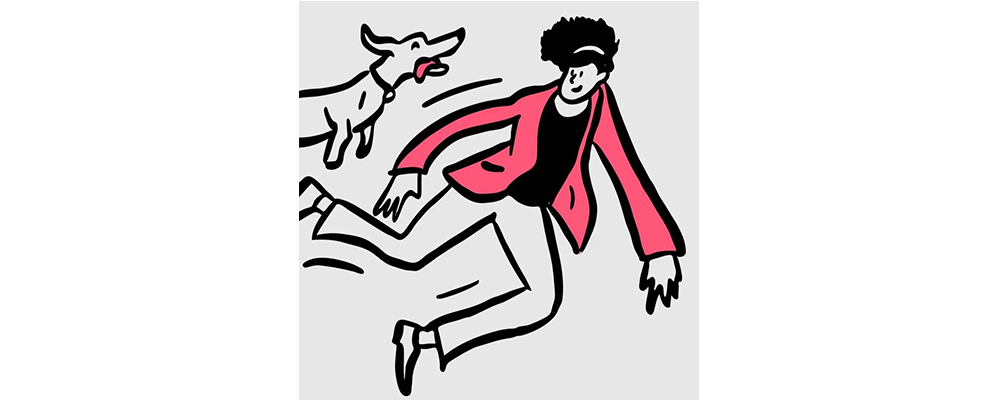
About Lun
A city-savvy professional with a nine-to-five grind,
Passionate about life's adventures,
An art aficionado,
Devoted to the joy of physical books,
Top pet peeve: dealing with allergies.
From childhood to adulthood, I've dealt with countless sheets of paper: from childhood homework and exam papers to stacks of certificates, and then onto personnel records and approval forms.
Saying that "paper" has witnessed my growth doesn't seem exaggerated at all.
Now, after a busy day of work, I also enjoy opening a physical book at home, savoring some time that belongs to me.
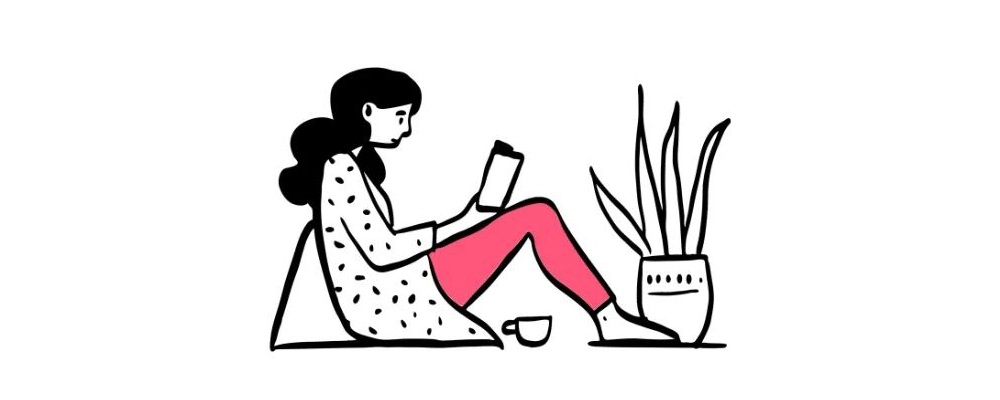
A friend once asked me, "Hey, why do you still read physical books nowadays?"
I always tell them, "I've loved it since I was little."
From a very young age, I always enjoyed holding a book in my hands. Even when taking a bath, I would have a copy of 'Dream of the Red Chamber' with me. My mom would walk in and say, "Be careful not to drop the book in the water." The moment she mentioned it, the book in my hands inevitably fell into the water.
When I was a child, my copy of 'Dream of the Red Chamber' soaked and fell apart during a bath, earning me a lengthy scolding from my mom. This incident turned into a small 'childhood psychological shadow' for me.
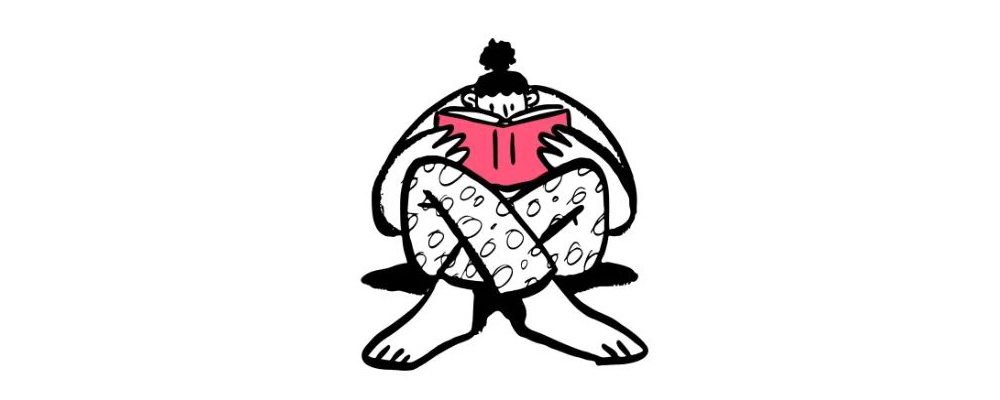
At the end of last year, during an art exhibition, I encountered a magical piece of art: an artist submerged a book in a bathtub, and not only did the book remain undamaged, but it could also be read underwater. It was only after reading the exhibition manual that I discovered the book was made from a special new material called Hypak™ , which prevented it from getting damaged in water.
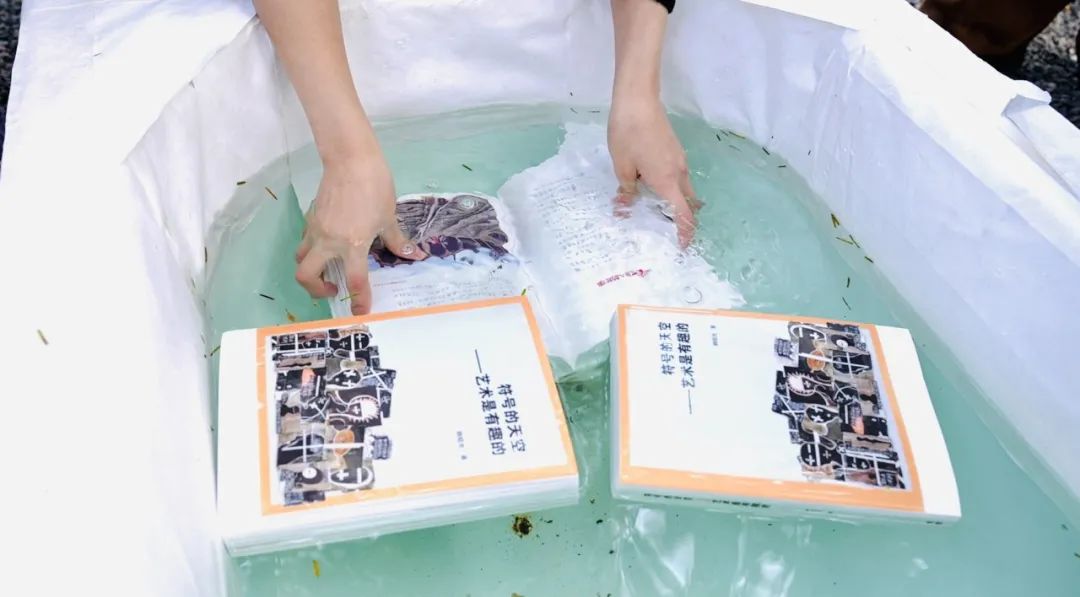
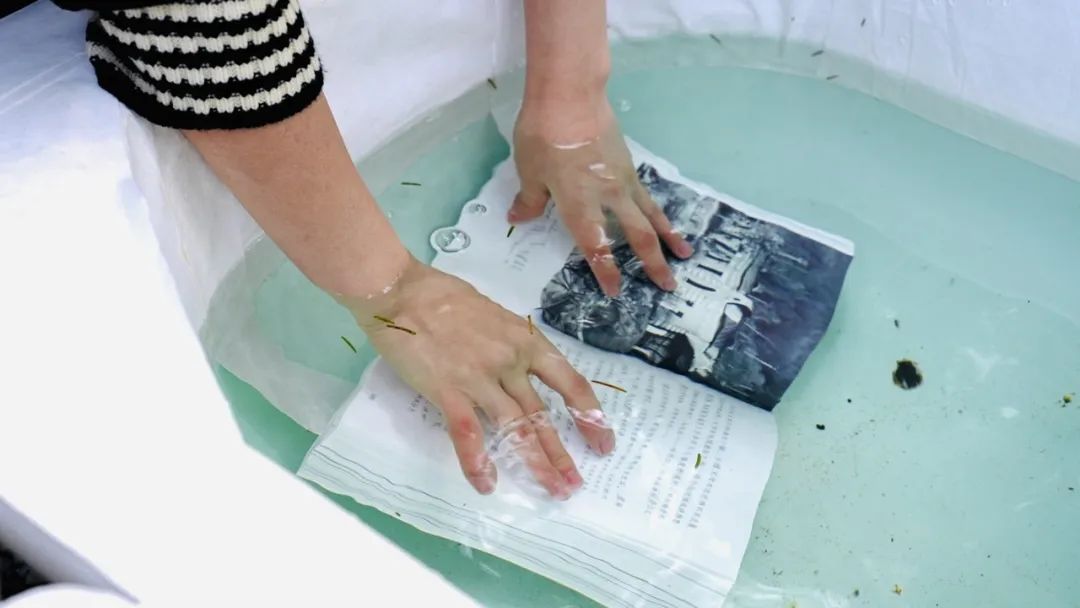
Han Shaoguang's "You Are... Um... That's to Say... Ah... I Was Present... Um... Who Is It?" (2023), featuring wood materials, Hypak™, fabric straps, paper, ink, acrylic pigments + bathtub + water + a book printed on Hypak™.
I thought, if only books made of Hypak™ were available when I was a child, my 'Dream of the Red Chamber' wouldn't have been ruined, and my mom wouldn't have scolded me.
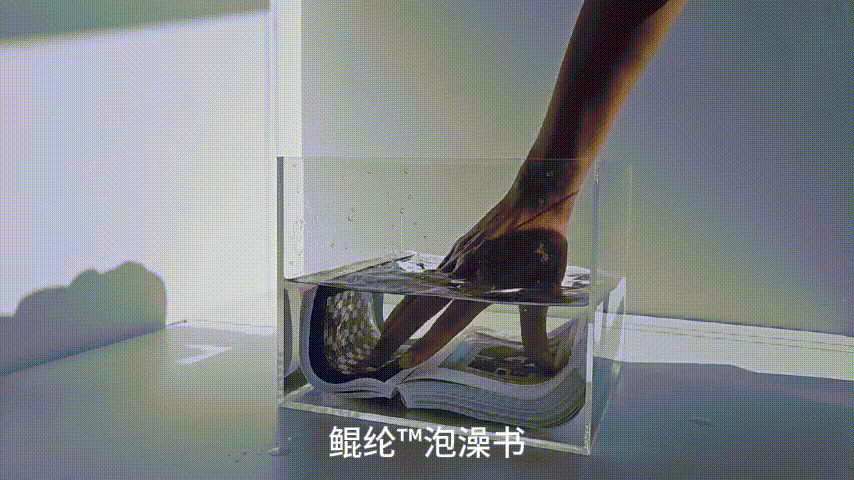
After returning home from the exhibition, I took out the exhibition manual from my bag and discovered that it was also made of Hypak™, exceptionally lightweight.
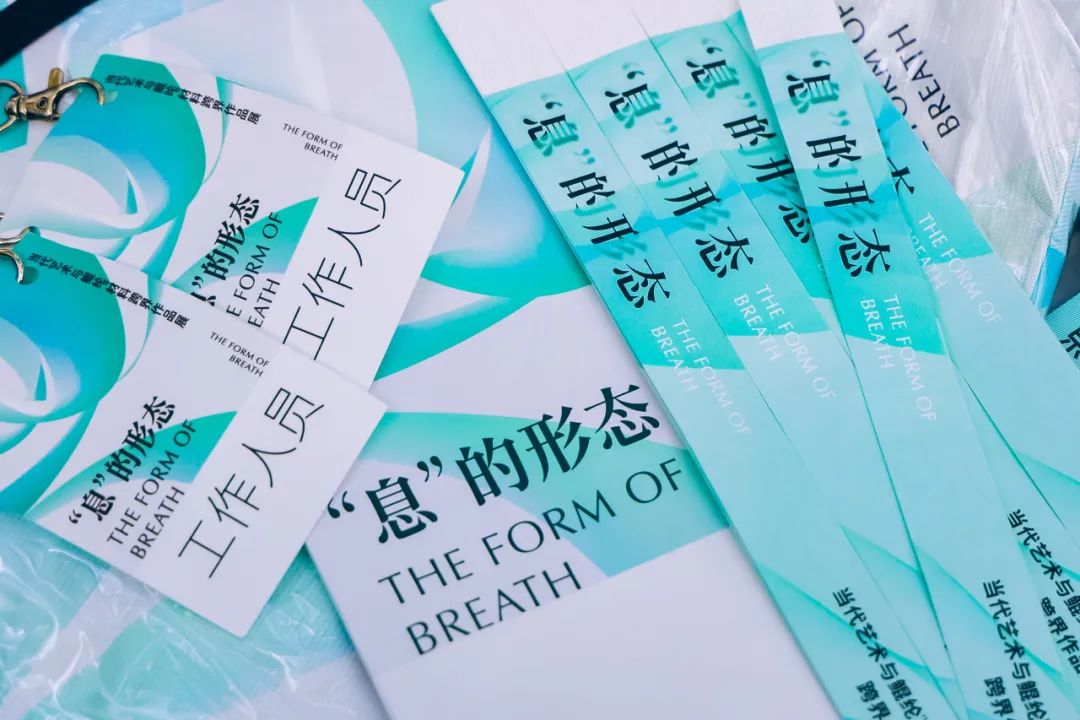
Exhibition Catalog and Merchandise Made with Hypak™ Material.
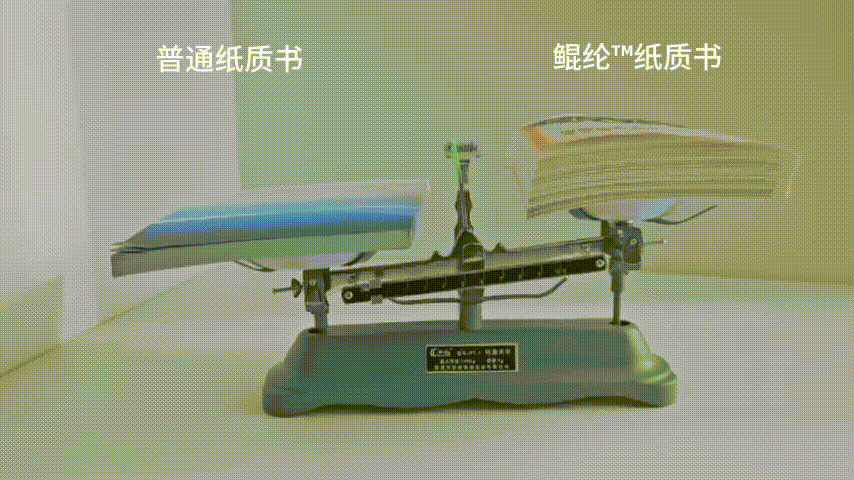
Suddenly, I began to ponder about the various types of paper that accompanied me as I grew up and wondered about the differences between them.
The energetic urbanite never procrastinates. I immediately picked up my phone and started searching.

As it turns out, the most common types of paper from my childhood—all fall under traditional wood pulp paper, which, as the name suggests, is made from wood. While they have accompanied me for a long time, I've realized that traditional wood pulp paper inevitably presents issues of easy damage and poor preservation.
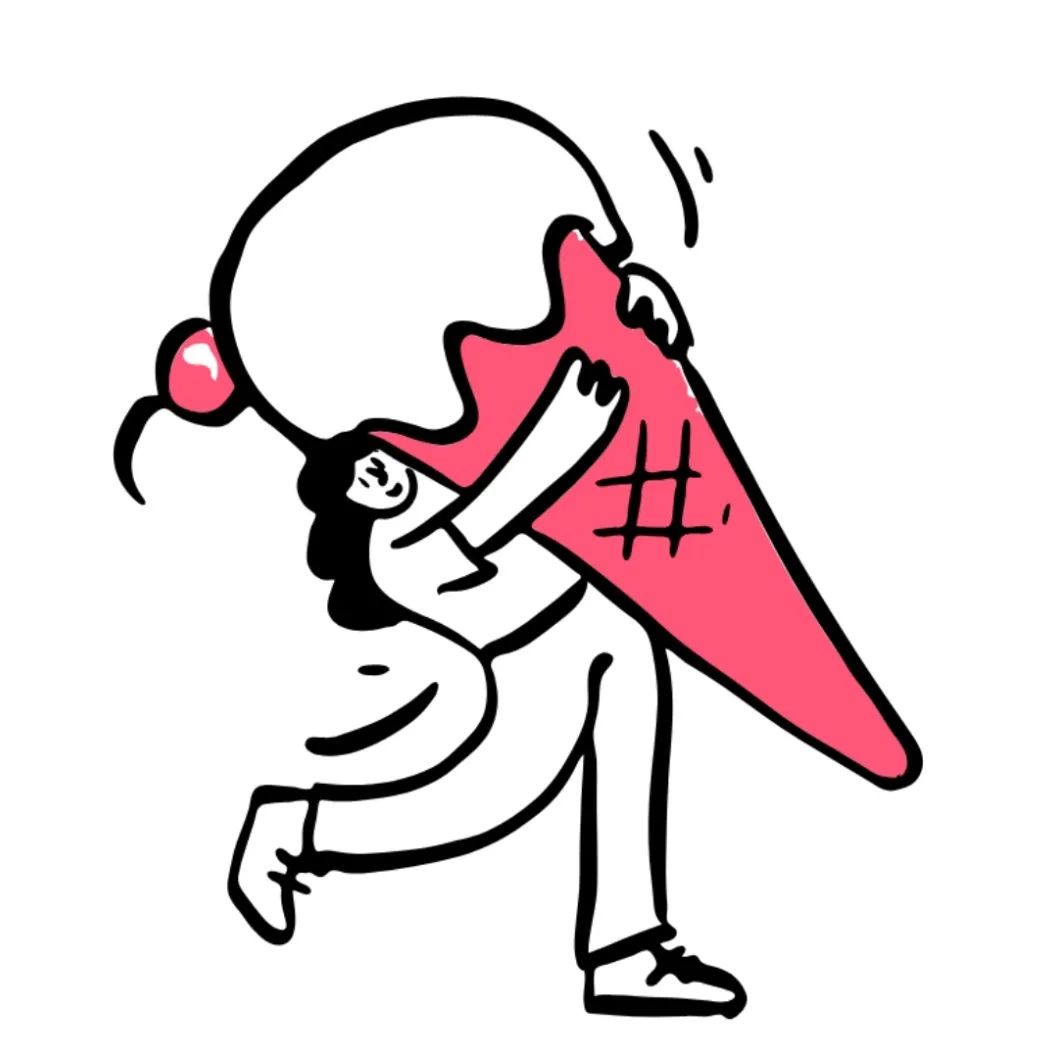
Common types such as coated paper, art paper, and coated paper have the following drawbacks when used in printing: poor weather resistance, susceptible to environmental factors (prone to mold in damp conditions, quick to become brittle and discolored under sunlight), prone to creases or cracks, impacting the aesthetics and durability of printed materials; not insect-resistant, easily damaged, not conducive to preservation; heavy and not sufficiently lightweight, resulting in higher transportation costs and reduced portability; and significant environmental impact during the production process.
I immediately thought of my copy of 'Dream of the Red Chamber,' which was soaked and ruined, and then I remembered a time at work when I accidentally spilled coffee on some documents. That morning's work was ruined in an instant—it was truly a heartbreaking moment.
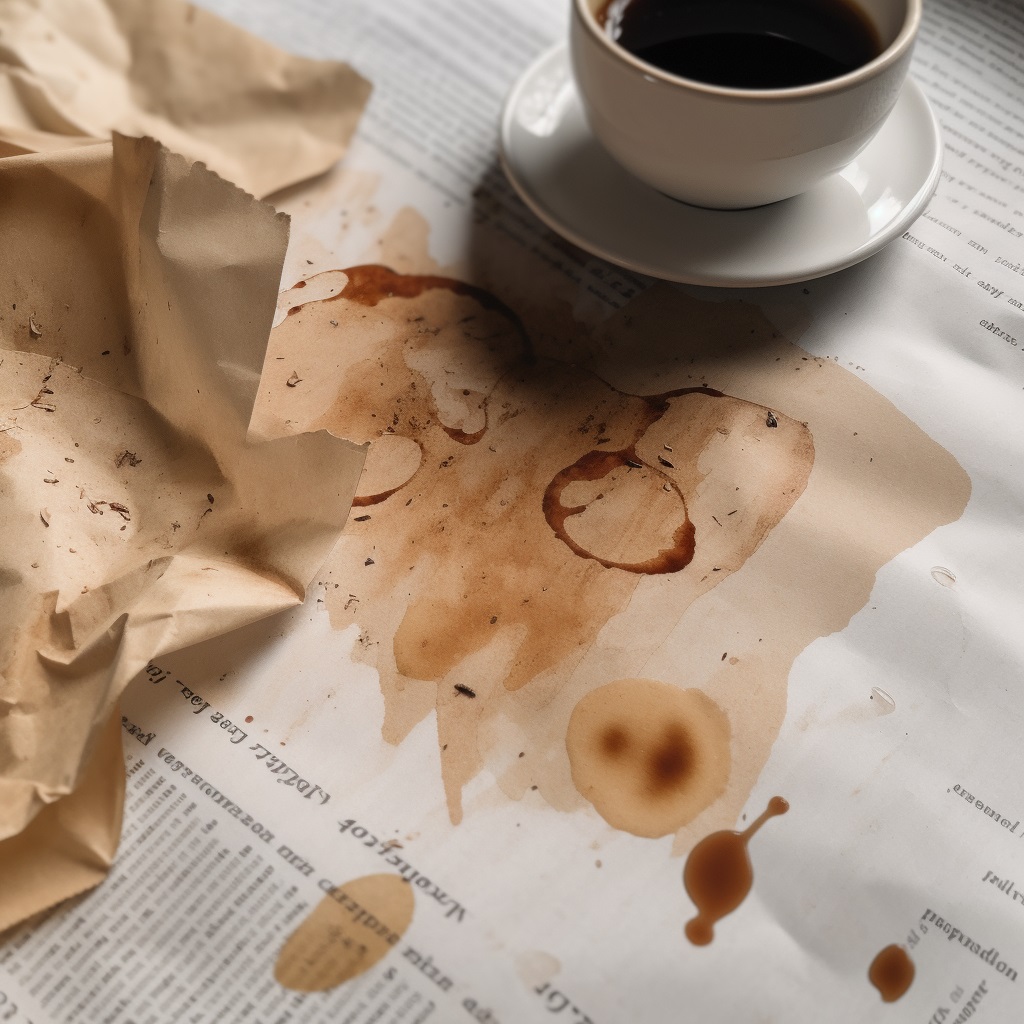
Traditional wood pulp paper also presents issues such as susceptibility to insects and mold. I recall borrowing old books from the library that always carried a musty smell, and the paper felt quite brittle—I was always afraid of damaging it.
I became curious—has anyone thought about using other printing materials more extensively?
It turns out, some have. There's a type of paper called synthetic paper that you can find in some maps and art books. However, after multiple processes, it tends to have residues of solvents and adhesives, making it less skin-friendly.
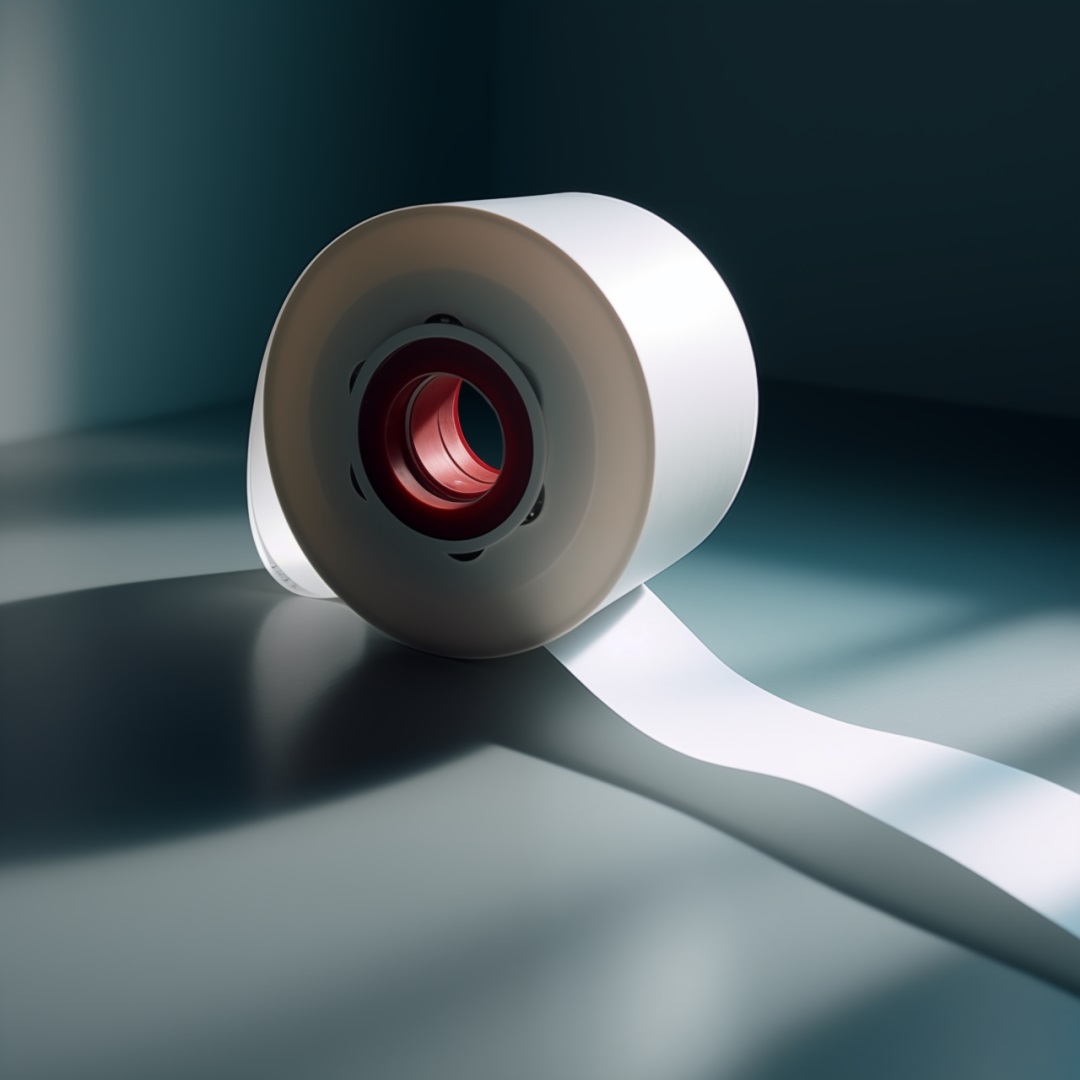

Drawbacks when used in printing include: not waterproof, not moisture-resistant, prone to residues of solvents and adhesives after multiple processes, not skin-friendly; also, not easily recyclable due to its non-single-layer structure.
What about others? For instance, PVC, commonly seen in various work settings—hangtags on our purchased clothes and company cards are often made of PVC.
Widely used in the market for cards and hangtags, but its recycling process generates harmful substances such as hydrogen chloride and dichloroethane, posing environmental and health hazards, and it is not recyclable.
As we all know, the recycling process of PVC produces harmful substances, contradicting the principles of global sustainable development, and it has already undergone extensive phases of elimination.
Paper is also calling for innovation.
I set my phone aside and quietly pondered: What do I expect from 'paper'? As an ordinary book lover, I hope it can ensure clear printing of book content, long-lasting preservation, and be environmentally friendly—it couldn't get any better.
I picked up the Hypak™ booklet I brought back from the exhibition, thinking, can it fulfill all my wishes?
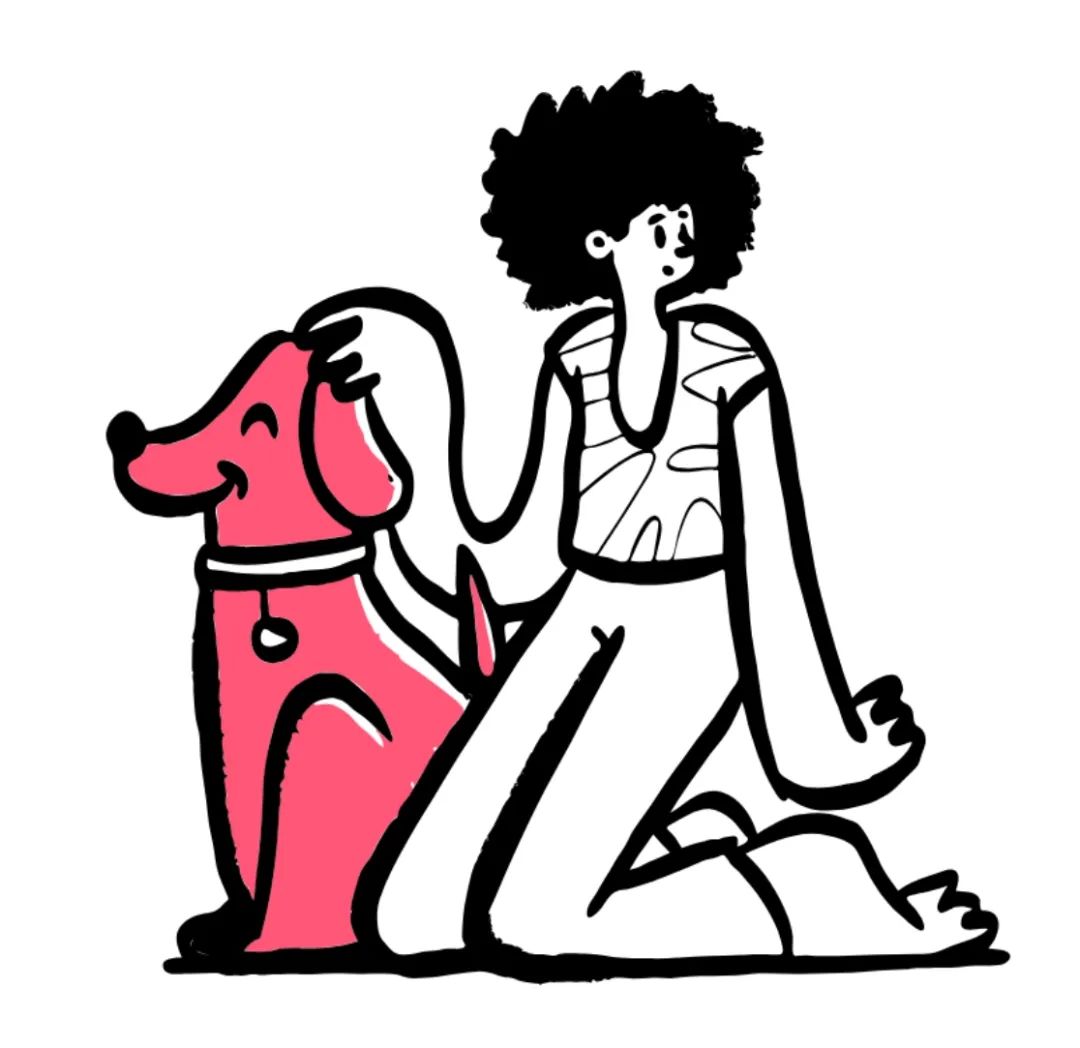
I began to explore this new material. So, what exactly is Hypak™? It is a high-tech material with high-density polyethylene as its raw material, and it is widely used. When used to produce printed materials, its natural white color allows for clear printing, excellent color adhesion, and the printed images exhibit a three-dimensional effect with vibrant colors.
Moreover, it is extremely safe and healthy, containing no fluorescent agents or additives. It is an environmentally friendly material and is very friendly to those with allergies.
Due to its excellent characteristics of easy processing, installation, and binding, it brings more choices to the market.
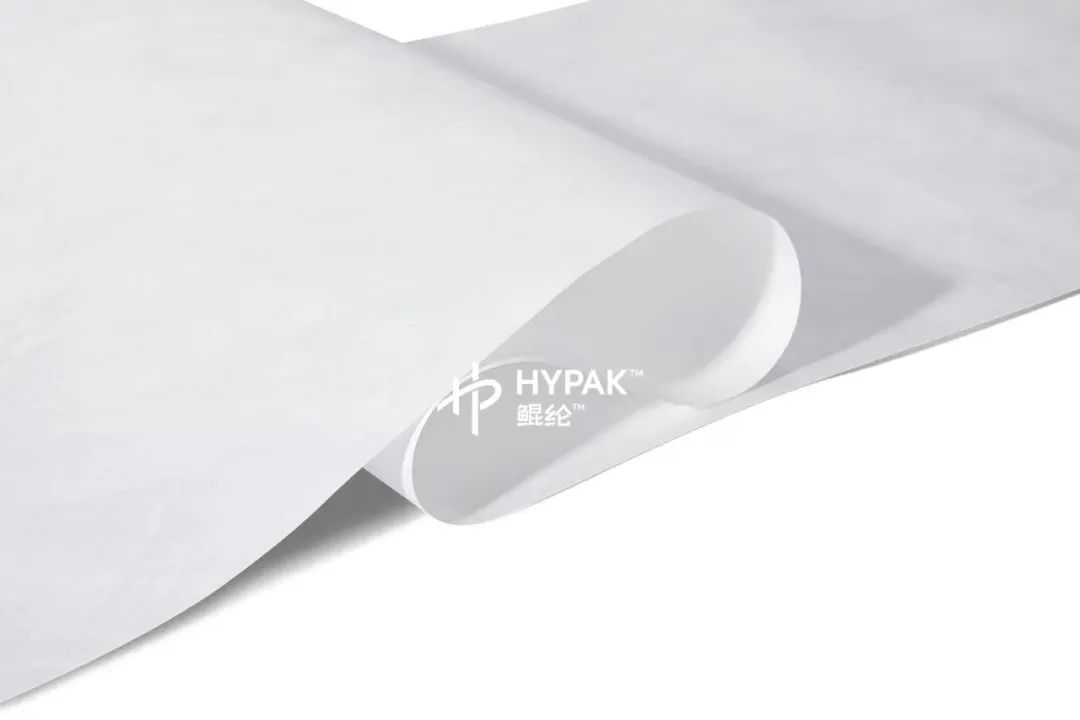
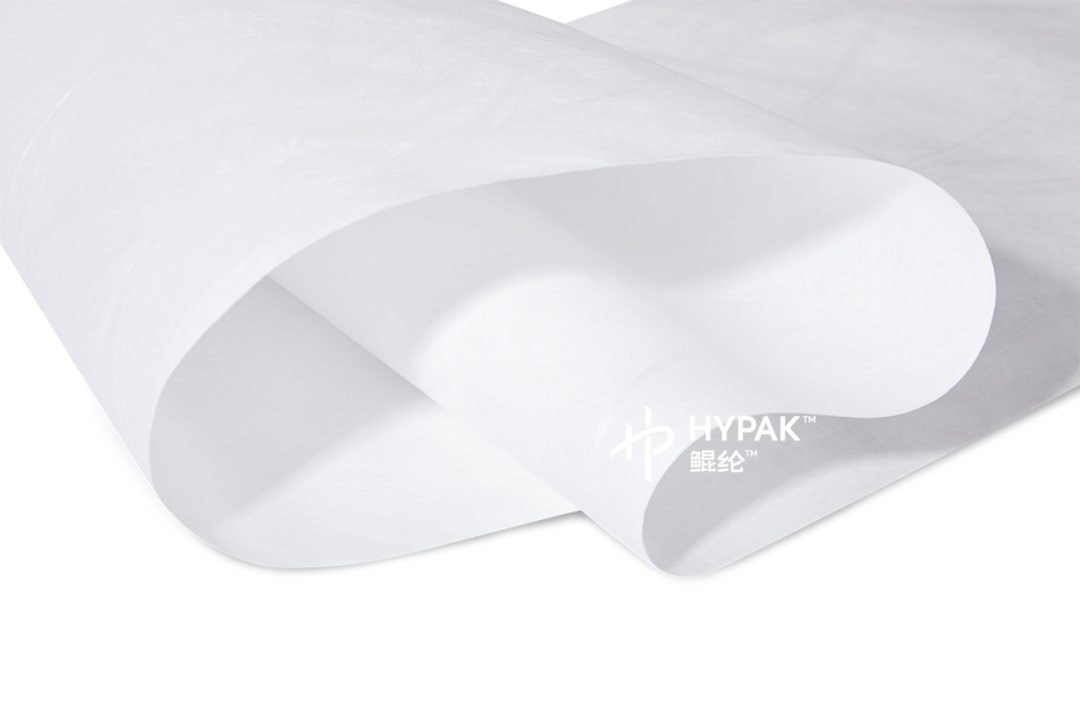
The 100% polyethylene material inherently possesses hydrophobic properties, making it waterproof, moisture-resistant, insect-resistant, and durable. It is capable of long-term preservation. No wonder artists can use books made of this Hypak™ for artistic installations like 'bathtub soaking books.'
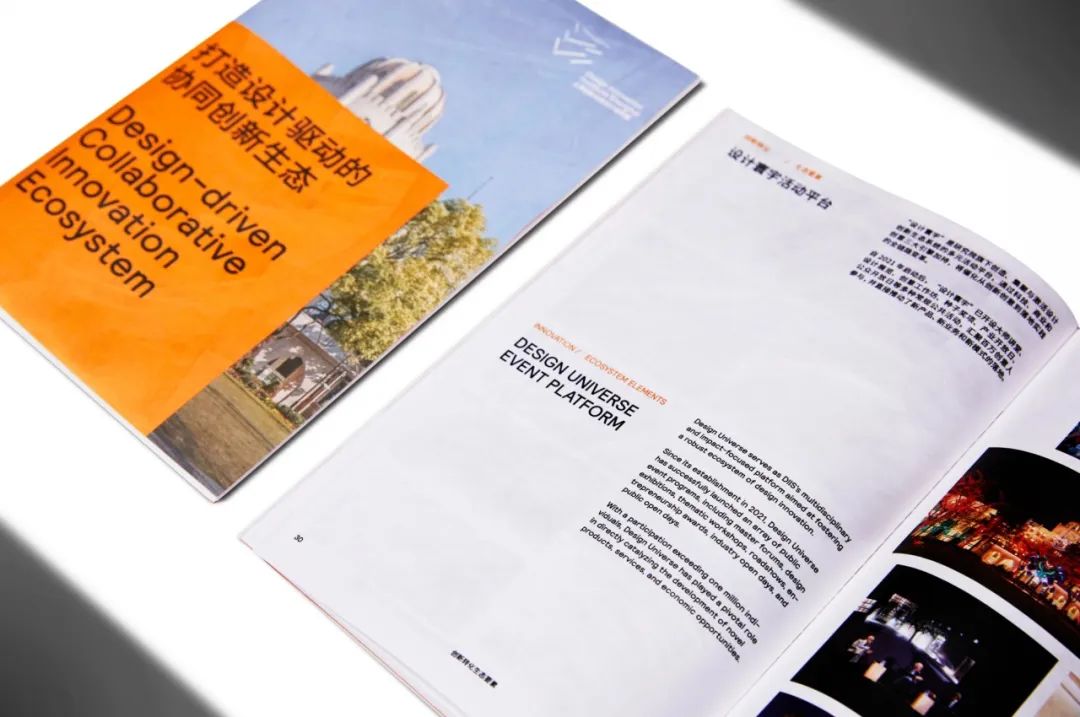
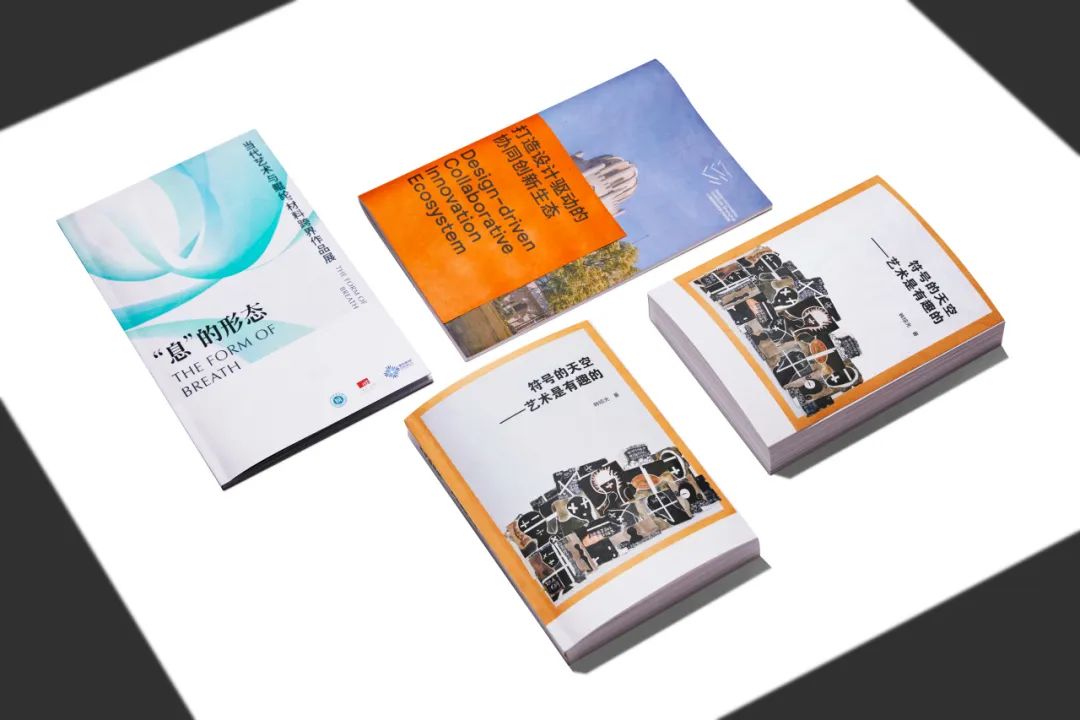
Books made with Hypak™

Made from high-density polyethylene, Hypak™ material boasts several advantages for printed products: its natural white color ensures minimal color deviation in images; it is safe and healthy with no fluorescent agents, additives, or odors; provides clear and vibrant printing results; exhibits a three-dimensional effect with well-distributed colors; being 100% polyethylene, it is inherently hydrophobic, making it waterproof, moisture-resistant, insect-resistant, and durable for permanent preservation; non-toxic and odorless, environmentally safe, compatible with all printing methods, easy to process, install, and bind, offering more choices to the market.
After a night of exploration, I have a better understanding of 'paper.' I believe Hypak™ will bring unexpected surprises to my life, applying to various fields such as book printing, archives, advertising, labeling, packaging, and more. Now, it's my turn to witness the growth of 'paper'!
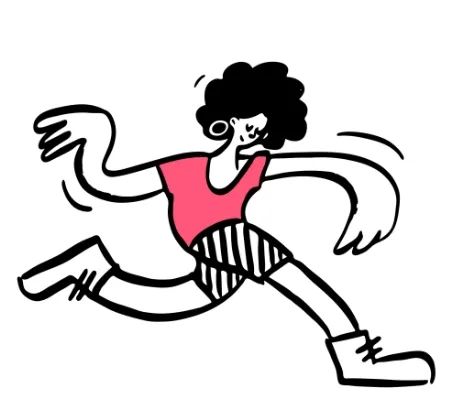
 Kingwills International Limited
Kingwills International Limited